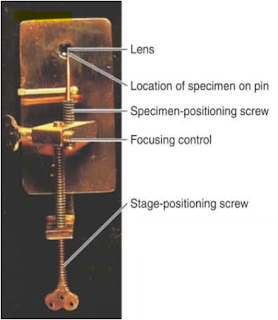Laminar air flow

Introduction • Many medical and research facilities require aseptic working environment to carry out specialized work • Laminar air flow Can maintain such aseptic area which is devoid of contaminants Principle • Create particle free working environment • By projecting air through a filtration system • And exhausting it across a work surface • With uniform velocity along parallel flow lines Construction • Aseptic c abinet- made up of stainless steal without gaps and joints • Air blower- produces air flow • Special Filtration system- Pre-filter and HEPA-filter (high efficiency particulate air filter) • Pre-filter- removes course particles to prevent clogging of HEPA filter • HEPA-filter- can remove particles of size 0.3 µm or more with 99.9% efficiency • Fluorescent tube- to light up the aseptic cabinet • UV lamp- to kill the microorganisms alre...



